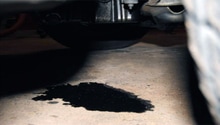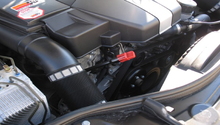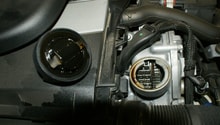Mercedes-Benz C-Class: Why is My Car Leaking Oil?
Sift through the following suggestions to see if you can solve your oil-leak problem. Chances are it's a simple fix.
This article applies to the Mercedes-Benz C-Class w204 (2007-2014).
You might be able rectify an oil leak yourself. Use your flashlight to find and pinpoint the source of the leak.

Materials Needed
- Socket set
- Phillips screwdriver
- Flashlight
- Jack or lift
- Engine hoist
- New gasket
- Liquid gasket
Step 1 – Check for oil pan leak
The oil pan gasket may leak, especially on older, higher-mileage C-Class w204s. It could be that after your last oil change, the technician did not tighten the fasteners that hold the gasket and oil pan onto the car. Or s/he may have tightened the fasteners too much and stripped the fasteners, which can also cause a leak. Another cause for leaking around the pan is a worn or faulty gasket. Any of these can result in oil leaking past the gasket and onto your garage floor.
To remedy a badly re-installed oil pan, take the car back to the garage and have them tighten the fasteners. If they stripped them by tightening them too much, the technician can install over-sized fasteners to hold the oil pan onto the car.
To replace a worn or faulty gasket:
- Put the car in park and set the emergency brake. For manual transmission, put the car in gear and set the emergency brake.
- Jack up the car.
- Unfasten the oil drain plug, and drain the oil into a catch pan.
- Remove the old oil filter and install a new one.
- After you have drained out all the oil, unfasten the oil pan.
- Clean the mating surface of the pan and the mounting area of the engine block thoroughly to avoid leakage when you install the new gasket.
- Install the new gasket, mount the pan, and tighten the fasteners in a criss-cross pattern.
- Install new oil in engine.
- Lower car and check for leaks.

Pro Tip
You may have to use a hoist to elevate the engine slightly in order to access the oil pan. Place cardboard on the garage floor to catch excess oil because some oil will remain in the pan after you drain it. Make a sketch of the oil pan on cardboard, and place the fasteners you remove on the sketch in order to keep track of where to re-install them.
If the oil pan gasket looks okay, move on to Step 2.
(Related Article: How to Jack Up Your Car - MBWorld.org)
Step 2 – Check cambox covers
Another potential cause for an oil leak, especially coming from the passenger's side of the car, is leaking around the cambox covers, the cam bore blanks and covers on the back of the cylinder heads. Oil around these parts sometimes leak onto the exhausts or manifolds. Tighten the covers for an easy fix.
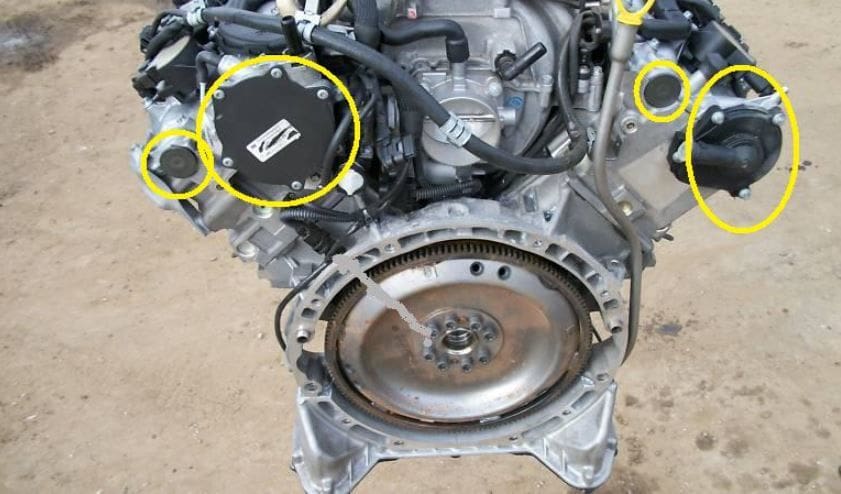
If the cam covers have a good seal and there is no weeping or leaks, it's time to move on to the next step.
Step 3 – Check expansion plugs
If you have a M272 or 273 engine, it might be the expansion plugs that are leaking oil. These are made of plastic and are located on the back of the cylinder heads. There are two small plugs and one large. To remedy the problem, remove the existing plugs and install new ones. Do not use any sealer when installing the new plugs.
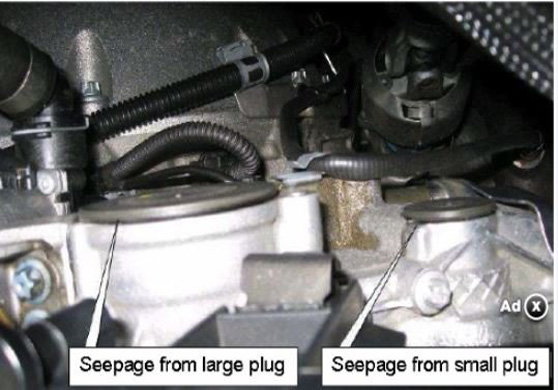
Figure 3. Oil seepage around expansion plugs. 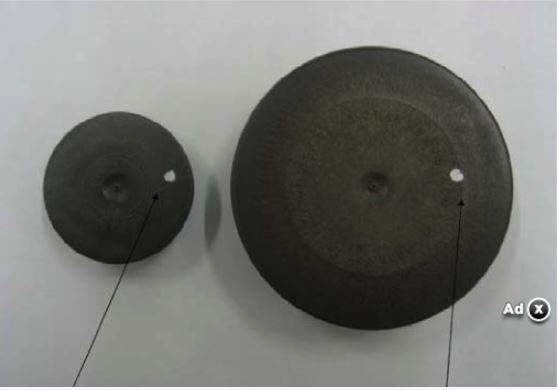
Figure 4. Large and small expansion plugs.
Pro Tip
In 2008, Mercedes-Benz began using improved plugs that are less prone to leakage.
Step 4 – Check oil cooler lines
If the transmission cooler line unions are not tight in the transmission housing, transmission oil may leak onto the exhaust. There are two cooler lines (one shown in Figure 5). Tighten as needed. You may also need to install a new O-ring at the union.

If that checks out, it's time to poke around the PCV system.
Step 5 – Check breather/full-load oil separator
This is part of your Mercedes-Benz' positive crank case ventilation system. The PCV system captures excess oil vapors, and recirculates those vapors into the intake tract to be burned off cleanly for emissions reasons. When the PCV system fails or begins to collect excess oil vapors, it can begin to leak. The majority of this system is comprised of plastic or rubber tubing, which can usually be replaced piece by piece without too much trouble.
You may have to rebuild this device if it is leaking.
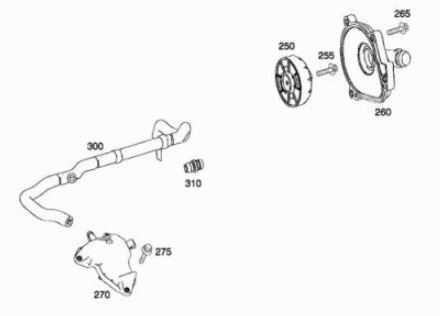
Pro Tip
Use a liquid gasket compound to join surfaces on the device.
Related Discussions
- Burning Oil Smell - MBWorld.org
- Driver Side Oil Leak - MBWorld.org
- 50k Mile Oil Leaks - MBWorld.org
- Oil Consumption - MBWorld.org
- Oil Leak Near Pan - MBWorld.org

